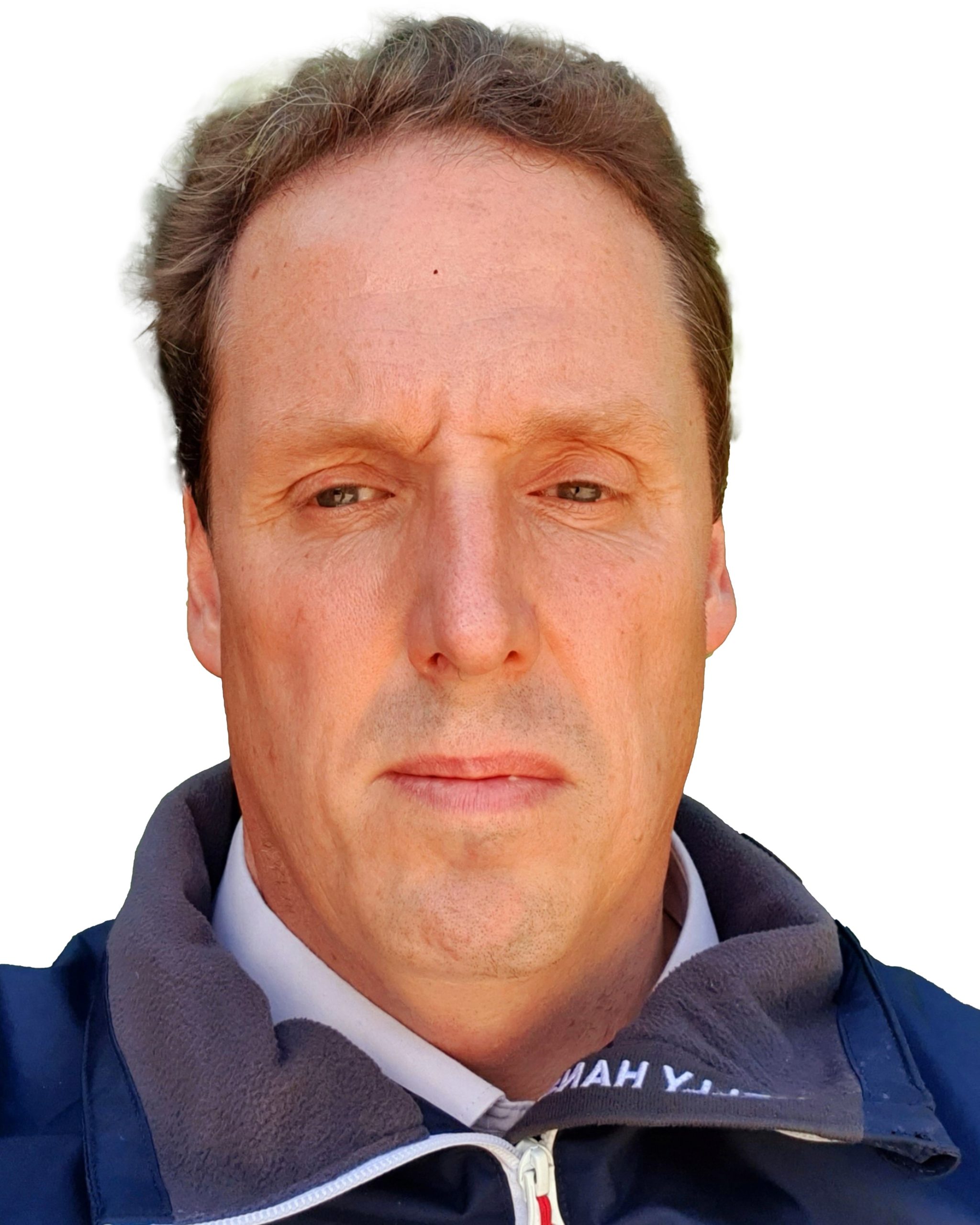
In his regular column, Oliver Grievson, Associate Director AtkinsRéalis and Royal Academy of Engineering Visiting Professor at the University of Exeter, explores some of the opportunities and challenges ahead, as we embark on AMP8.
The start of AMP8 is upon us and over the next five years the water industry will deliver its largest ever programme, with £104 billion identified for investment, subject to the appeals by six companies to the Competition and Markets Authority. With the size of the challenge set and the industry moving into delivery mode I have mixed emotions and slight trepidation on the enormity of the challenge coupled with a combination of determination and enthusiasm. To deliver this enormous programme of work what are some of the opportunities and challenges that we face?
Deliverability
My trepidation is with the deliverability of the programme of works. Counting up the lines in the Water Industry National Environment Programme (WINEP) I counted approximately 15,000 tasks to complete, just around wastewater monitoring. The programme itself didn’t define all the sites that the Environment Agency wants companies to invest in so the programme is already starting on the back foot. The run rate of 11 tasks a day is achievable but the quality of what is delivered is paramount as these are devices that are going to be reporting to the public within one hour. The way to overcome the deliverability challenge?…
Collaboration and resource management
AMP 8 is going to be the AMP of collaboration in a way that the industry has never seen before. Within the Engineering Consultancies there are thousands of people working off-shore who will become more and more valuable as the pressure of deliverability starts to bite. There are also huge potentials for off-site builds, the measured use of Artificial Intelligence and also adaptive planning. The Storm Overflows Reduction Plan is being co-delivered with all of the monitoring and so the results are going to be invisible until the situational awareness is in place. Once the awareness in place there may well be a need to change the plans when the impact of storm overflows is discovered in its entirety. The adaptive planning approach was baked into the first round of DWMPs that were delivered and within AMP8 it will come to the forefront.
The industry already knows that the resources for delivery are going to be short. This provides opportunity to develop further the technical skillsets within the industry not only at the “back to basics” level that most water companies have previously delivered, but also in new methods, technologies and tools. There are a number of differing organisations offering skills training and there is the opportunity to take advantage of the Universities more than we have in the past. Professional institutions can help, such as the Institute of Measurement & Control and their National Metrology Skills Alliance coupled with CIWEMs practitioner`s register.
Quality and process
Deliverability and run-rate of the challenges that the industry faces brings the challenge of quality. The EDM programme has been criticised for its accuracy in measurement mainly because the run rate was too high and the industry had a lack of technical guidance before they started the programme. For all elements of the AMP 8 programme there is a need to set the standards the industry works to and the governance programmes a lot earlier. This ensures that the quality of the product that is delivered is suitable and re-work becomes a thing of the past. This is where the quality assurance and governance processes become paramount as does the use of Digital Tools such as Digital Asset Management and BIM.
AMP8 is here and the next five years and beyond are certainly going to be a huge challenge for the water industry. There are a huge number of opportunities and challenges that we all face but there is also present within the industry a workforce that has the determination to deliver what needs to be delivered to keep the water flowing.



